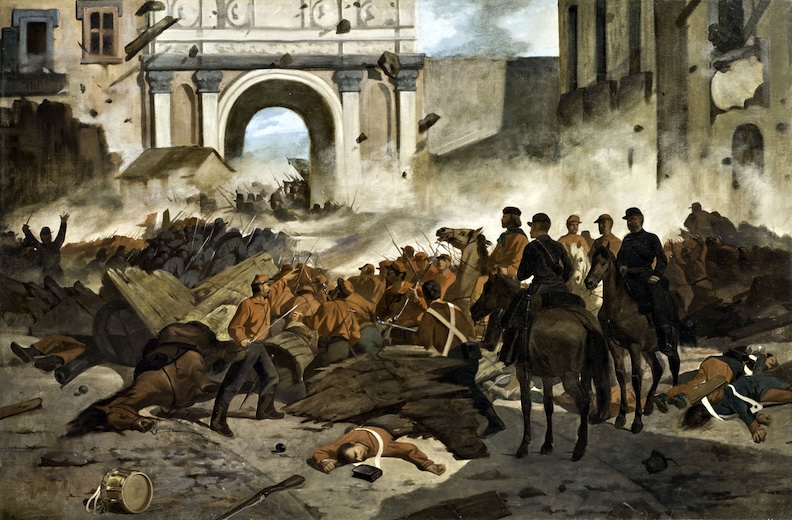The Leopard, the Mafia, and Us
Written by Robert Royal
Monday, March 24, 2025
“NUNC et in hora mortis nostrae. Amen. The daily recital of the Rosary was over. For half an hour the steady voice of the Prince had recalled the Glorious and the Sorrowful Mysteries; for half an hour other voices had interwoven a lilting hum from which, now and again, would chime some unlikely word: love, virginity, death. . .”
So begins the celebrated modern Italian novel, Il Gattopardo – in English, The Leopard, though the animal in question is, accurately translated, the “ocelot.” But that name wouldn’t have adequately conveyed the grandeur of the protagonist, Prince Don Fabrizio Salina, an imposing Sicilian nobleman, as the island is being invaded in the 1860s and absorbed into the emerging nation of Italy.
That the author, himself the Prince Giuseppe Tomasi di Lampedusa, thought to place the passing of the old monarchic order and birth of a new one amid those large realities in the Ave, however, is noteworthy. I know of no other significant work of fiction that starts in a similar way. And it’s even more surprising in that Lampedusa wasn’t an especially Catholic writer, though he was an admirer of novelists like Graham Greene and, in complex ways, several Christian currents in history.
The greatest Italian Catholic novel, and perhaps the greatest Catholic novel ever, is Alessandro Manzoni’s The Betrothed, a book on the order of War and Peace.












